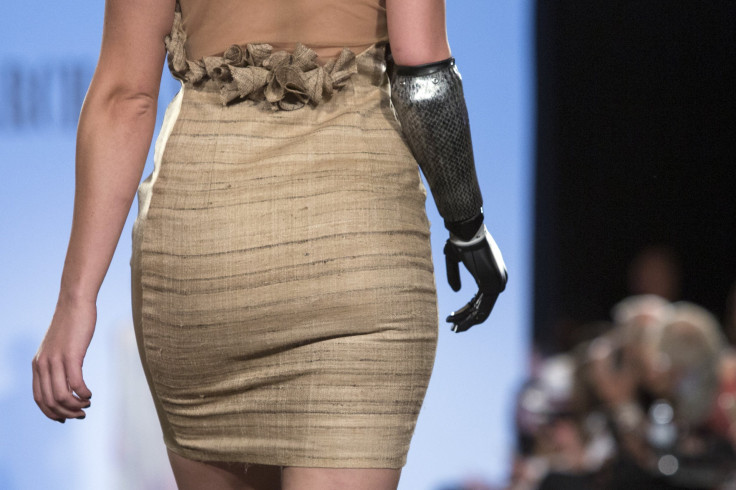Robotic arm breakthrough: Australian researchers send brain signals to robotic arm; Amputees may regain sense of touch

Australian researchers from Melbourne have revealed that they have discovered a way to help stroke victims and amputees better use robotic limbs. They have developed a robotic arm that will allow users to experience the sense of touch.
This breakthrough will allow amputees and stroke sufferers control the movement of their robotic arm just as they would control a normal limb. The project is being jointly handled by St Vincent’s Hospital-based Aikenhead Centre for Medical Discovery and Melbourne University.
The researchers are looking at the way arm and brain signals communicate. They have already found a way to send brain signals to the robotic arm and are now looking for ways to return the signals to give the sensation of touch.
Professor Peter Choong from St Vincent's Hospital is very upbeat about this new development. According to the ABC, he believes that amputees will be able to function much more normally with the sense of touch restored.
Even though the research has been going on for years, scientists believe that they are real close to simulating a “normal” arm. They are hoping that in a couple of years they would understand how human brain reads and interprets signals.
Choong believes the latest breakthrough is an example of the need for sufficient funding for scientific research. There have been amazing developments in the area of prosthetic limbs. This new research will allow a person to have the feel of operating a normal limb.
“There is a lot to be gained from science, the chief scientific officer's report shows that we contribute considerably to Australia's intellectual and economical wealth, and I think this is an area desperately in need for support from both federal and state governments,” Choong said.
According to 9News.com.au, the new research has expanded upon current robotic limbs that use electrodes to assist a person’s senses. The enhanced limb will function by using a patient’s tissues, muscles and nerves and connecting them to the artificial limb. The new limb will be able to feel and perceive strength and pressure.





















